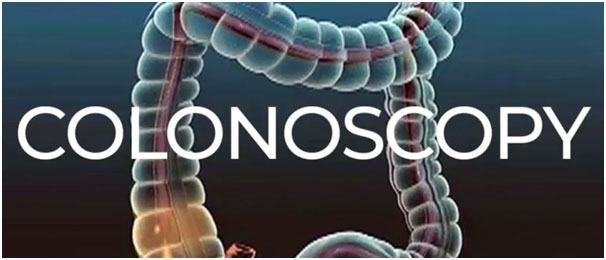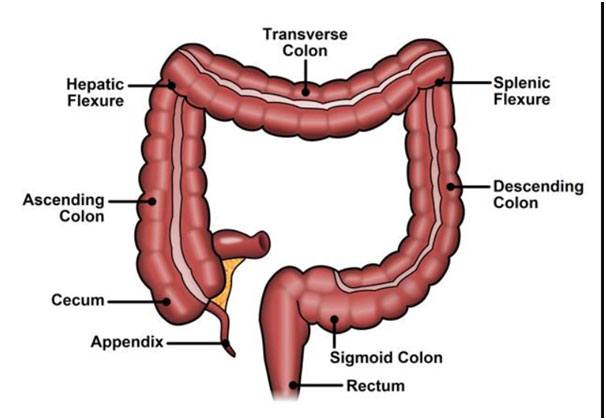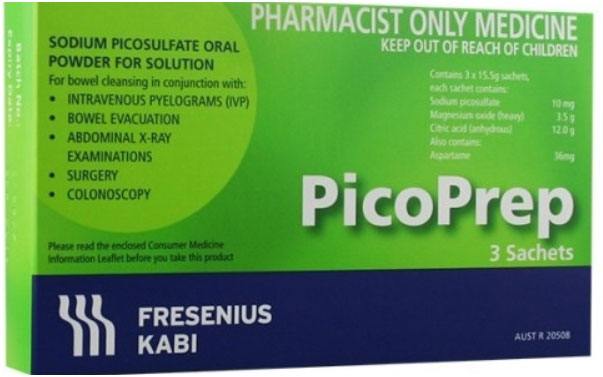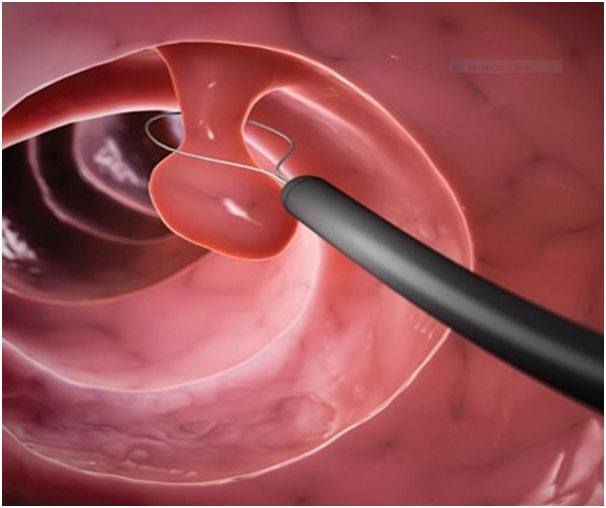Colonoscopy
What is Colonoscopy?
A colonoscopy is a procedure to examine the colon or large intestine using a long narrow tube called a colonoscope which contains a tiny camera and a light source? Clear, magnified images of the colon are displayed on a monitor for careful examination.

What is colon?
The colon is the last part of the intestine that leads to the rectum and anus. It holds unabsorbed food which is then passed out in the faeces. Bacteria present within the colon helps digest the food releasing gases. The colon produces fatty acids and absorbs liquid minimizing the fluid content of stools.

What are the indications of colonoscopy?
Colonoscopy is both a diagnostic and therapeutic procedure. A colonoscopy may be performed to look for benign growths called polyps, cancer, or other abnormalities in the colon mucosa such as inflammatory bowel disease. Smaller polyps and lesions are removed endoscopically and larger lesions are biopsied.
It may be ordered to screen for colon or rectal cancer or when one has signs and symptoms such as:
- Blood in the stools
- Bleeding through the rectum
- Unexplained abdominal pain
- Persistent change in bowel habits
Before performing a colonoscopy, you will need to:
- You will need to see your family doctor and get a referral letter
- Discuss your current medications with your doctor
- Alter your diet for a few days to make it easier to cleanse your bowel
- Use a bowel preparation kit that your doctor will recommend
- Abstain from any food or liquid intake 6 hours prior to the test
What happens before colonoscopy?
Before colonoscopy you will have to follow low fibre diet for 5 days and have to take special preparation to clean the bowel. It is very important to follow the dietary and bowel preparation instructions which are given to you by Dr Khan prior to the procedure. If your colon is not clear, there is potential risk of missing the small colonic polyps.

What happens during colonoscopy?
Colonoscopy is performed under conscious sedation through an intravenous line to keep you comfortable. You will lie on your left side with your knees raised to your chest. The colonoscope is gently introduced through the anus into the colon. Air is inflated into the colon for easy movement of the instrument and to provide a better view. Once the scope has reached the junction of the colon and small intestine it is gradually withdrawn, and the walls of the colon carefully inspected on the monitor. Any colon polyps are removed, and tissue samples obtained from suspicious areas using instruments inserted through the colonoscope. These are sent to the laboratory for analysis. Removal of tissue may result in bleeding which can usually be controlled during the procedure.

What happens after the colonoscopy?
Immediately following the procedure, you may experience some abdominal cramps, bloating and gas. You will be observed until you recover from sedation and may be given something to drink an hour later. Your diet should be slowly advanced as tolerated.
Once you are fully awake and alert, Dr Khan will speak to you in discharge lounge prior to being discharged and explain aboutthe colonoscopy findings and discuss follow-up arrangements as well timing for next colonoscopy if required. You are also given a handwritten report and photos to take home for your personal records and a formal typed report is sent to your referring doctor later.You can usually leave about 4 hours after the procedure.
It is important to have someone drive you home due to the sedation.
Your symptoms should resolve on their own within a couple of days. Your doctor will discuss the results with you and plan further treatment if necessary.
Colonoscopy is generally a safe procedure but complications such as excessive bleeding or perforation of the colon can occasionally occur.
Other tests that can supplement a colonoscopy include a sigmoidoscopy, CT scan or CT colonography.










